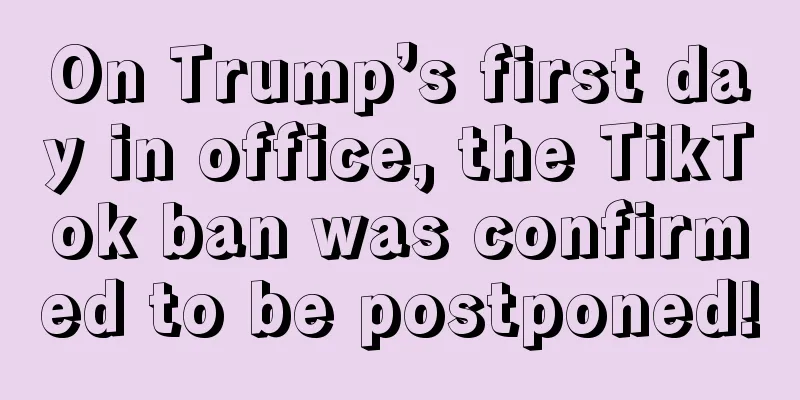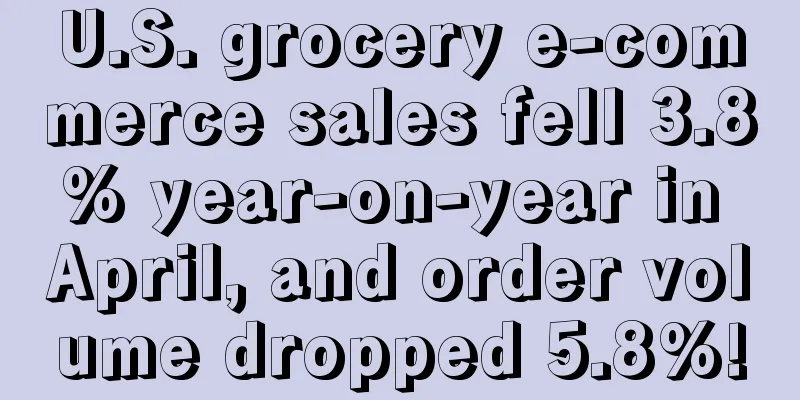|
On January 20th local time, Trump was officially sworn in, starting his second term as US President. At the inauguration ceremony, Trump issued a series of executive orders. Here we only discuss a few variables closely related to cross-border e-commerce : the new tariff policy, TikTok, and the Russia-Ukraine conflict . Tariffs are seen as one of Trump’s three diplomatic axes. They are not only the policy that sellers are most concerned about, but also the change that has the most profound impact on the industry. [To understand the development trend of cross-border e-commerce in 2024 and accurately grasp the business opportunities in the industry, follow the official account and reply "2024" to get a detailed report] From the campaign stage to after his victory, Trump has publicly stated many times that after taking office, he will impose tariffs on major trading partners of the United States , including a 25% tariff on all goods from Canada and Mexico, and a 60% tariff on all goods from China, in order to promote the return of manufacturing to the United States, which once caused a stir in the industry. At the official inauguration ceremony, on the issue of imposing tariffs, the newly-elected Trump announced that he would establish an agency called the "Foreign Tax Service" to be responsible for collecting tariffs, taxes and all income from foreign countries. It is understood that not long ago, Trump stated on his social platform that he would reduce taxes on American citizens, while increasing tariffs on foreign imports, and establish an agency to be responsible for the policy of using foreign tariffs to feed back to Americans . Experts believe that Trump's move is aimed at strengthening the role of tariffs in the US foreign policy. Currently, US tariffs are collected by the US Customs and Border Protection Agency of the US Department of Homeland Security, and tariffs contribute less than 2% of federal revenue. At the same time, media reports revealed that Trump's incoming economic team is discussing slowly raising tariffs month by month to increase bargaining chips in a step-by-step manner while trying to avoid a surge in inflation, but the idea has not yet been submitted to Trump. It is worth noting that as of press time, Trump has only announced that a 25% tariff will be imposed on imports from Mexico and Canada starting February 1 , and has not yet mentioned the imposition of additional tariffs on imports from China . Many industry insiders and experts believe that Trump's insistence on using tariffs as one of the three diplomatic tools may ultimately backfire. According to previous warnings from the National Retail Federation, additional tariffs could cause prices of clothing, toys, furniture, home appliances, footwear and travel goods to soar, and U.S. consumers could lose up to $78 billion in annual spending power. Therefore, for cross-border sellers, it remains to be seen when this "Sword of Damocles" that cuts profits will fall. It is learned that TikTok's US service was suspended from January 18, Pacific Time, to resume on January 19, which took only 12 hours. In the return statement, TikTok emphasized the positive role played by the new US President Trump in this incident. It is understood that during the 2024 campaign, Trump promised that he would "never ban TikTok," which won the support of 170 million American users on TikTok. But judging from his statement after winning the election, he obviously "omitted" the prerequisite for this promise . On his first day in office, Trump announced a postponement of the "sell or ban" law for TikTok, granting a 75-day grace period during which the United States will not enforce laws aimed at forcing ByteDance to sell TikTok in order to reach an agreement. At the same time, Trump also emphasized that if China does not agree to the deal reached between the United States and TikTok, the United States may impose tariffs on China. It is worth mentioning that the day before taking office, Trump claimed that the grace period he would give TikTok was "90 days". Only one day later, the policy changed so quickly that some people in the industry could not help but feel dumbfounded. As for the "agreement" in the executive order, it was mentioned in yesterday's article that Trump put forward a preliminary idea for the subsequent operation of TikTok: it is recommended that TikTok owners form a "joint venture" in which the United States should obtain 50% ownership. China's Ministry of Foreign Affairs responded to this "agreement": We hope that the US will provide an open, fair, just and non-discriminatory business environment for market players from all countries to operate in the US. For the operation and acquisition of enterprises, such behavior should be decided independently by the enterprises according to market principles . If Chinese enterprises are involved , they should comply with Chinese laws and regulations . The implication is: If the United States wants to acquire TikTok, it must comply with laws and regulations, rather than "force a sale." As of press time, TikTok has not yet made a statement on Trump's "agreement". However, according to people familiar with ByteDance, TikTok has not reached any agreement with the US government. For now, Trump's postponement of the ban has left TikTok with some breathing room, but judging from its "promises" that change from time to time, there are still many variables in this globally watched business game. For cross-border sellers, their concern about the Russia-Ukraine conflict is not about the war, but the logistics issues behind it . In recent years, insufficient transport capacity and port congestion have become the "Gordian knot" for cross-border sellers. After the outbreak of the Russia-Ukraine conflict, the logistics contradiction has been further aggravated and radiated to the global supply chain. If the situation between Russia and Ukraine can be cooled down, it means that the cut-off Siberian Golden Route is expected to be restarted, which will alleviate regional logistics problems to a certain extent.
According to media reports, on January 20 local time, Trump stated that Zelensky (Ukrainian President) is ready to "sign a (ceasefire) agreement" with Russia, and that he plans to meet with Russian President Putin to resolve the Russia-Ukraine issue as soon as possible. Relevant negotiations are currently underway . During the previous campaign stage, Trump claimed that he could end the Russia-Ukraine conflict within 24 hours of taking office , but it seems almost impossible to achieve this goal at present. However, some industry insiders believe that the subsequent negotiations between Russia and Ukraine are likely to reach a temporary ceasefire balance under the mediation of the United States. Looking at the history of the development of Sino-US relations, the attitude of the US president toward China almost always represents a barometer of Sino-US trade. In addition to the above-mentioned executive order, there is another piece of news that deserves the attention of cross-border sellers on the first day of Trump's inauguration: Trump plans to visit China within 100 days of taking office. This has released a signal of friendly relations between China and the United States to a certain extent. But overall, Trump advocates "America First", so policies such as imposing tariffs to protect local companies may still be introduced in the future, which will radiate to the cross-border e-commerce industry to a certain extent, bringing more uncertainty. Cross-border sellers should improve the competitiveness of their products and brands and maintain flexible market adaptability in order to dig up the "most expensive fish" in this "storm". [To understand the development trend of cross-border e-commerce in 2024 and accurately grasp the business opportunities in the industry, follow the official account and reply "2024" to get a detailed report] Finally, I would like to emphasize again: the above interpretation is only a personal opinion and is not intended as a buying or selling recommendation . If you have other ideas, you can also discuss in the comment area~
|










